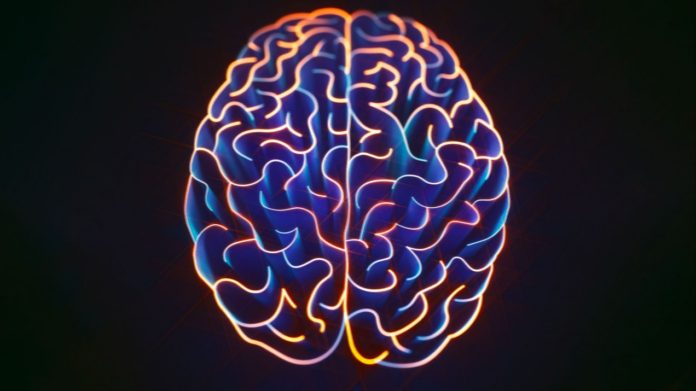In the Western world, macular degeneration (AMD) is the cause of blindness in millions of people. It’s also the top cause of severe sight loss for those aged 50 and over, in the same region. Unfortunately, as of yet, there is no cure for AMD. However, thanks to recent research carried out by researchers at Bar-Ilan University along with colleagues at Stanford University, things may be about to get a whole lot clearer for these patients.
The retina is the part of the eye that contains light-absorbing receptors, aptly named photoreceptors. Information is taken in here and the transmitted to the brain. But before it can get sent, the data must be processed and it’s the central area of the retina, the macula, which carries out most of this enabling us to do things such as recognize faces and see while driving. The kinds of things that require accurate vision. In the region of the retina outside the macula, in the peripheral retina, things aren’t so precise. This region assists mainly with spatial judgement. AMD causes the impairment of precise vision due to damage to the center of the retina, while there is no adverse effect on the peripheral vision.
If the photoreceptors become damaged one potential course of treatment is to implant an artificial retina made up of tiny electrodes. By activating these electrodes, the remaining retinal cells become electrically stimulated. The result being a partial restoration of sight. People with AMD who have the implant have a combination of normal peripheral vision and artificial central vision. Having a mix such as this is important to research in order to help those who have permanent sight loss. The only real question here is “can the brain integrate both natural and artificial vision effectively.
The study was published in the journal Current Biology. “We used a unique projection system which stimulated either natural vision, artificial vision or a combination of natural and artificial vision, while simultaneously recording the cortical responses in rodents implanted with a subretinal implant,” explained Tamar Arens-Arad, one of the researchers on the project. Prof. Yossi Mandel, Head of Bar-Ilan University’s Ophthalmic Science and Engineering Lab and lead author of the study is extremely pleased with the results and is hopeful they can be used to improve restoration of sight in AMD patients with retinal implants as well as in “future brain-machine interface applications where artificial and natural processes co-exist.”

